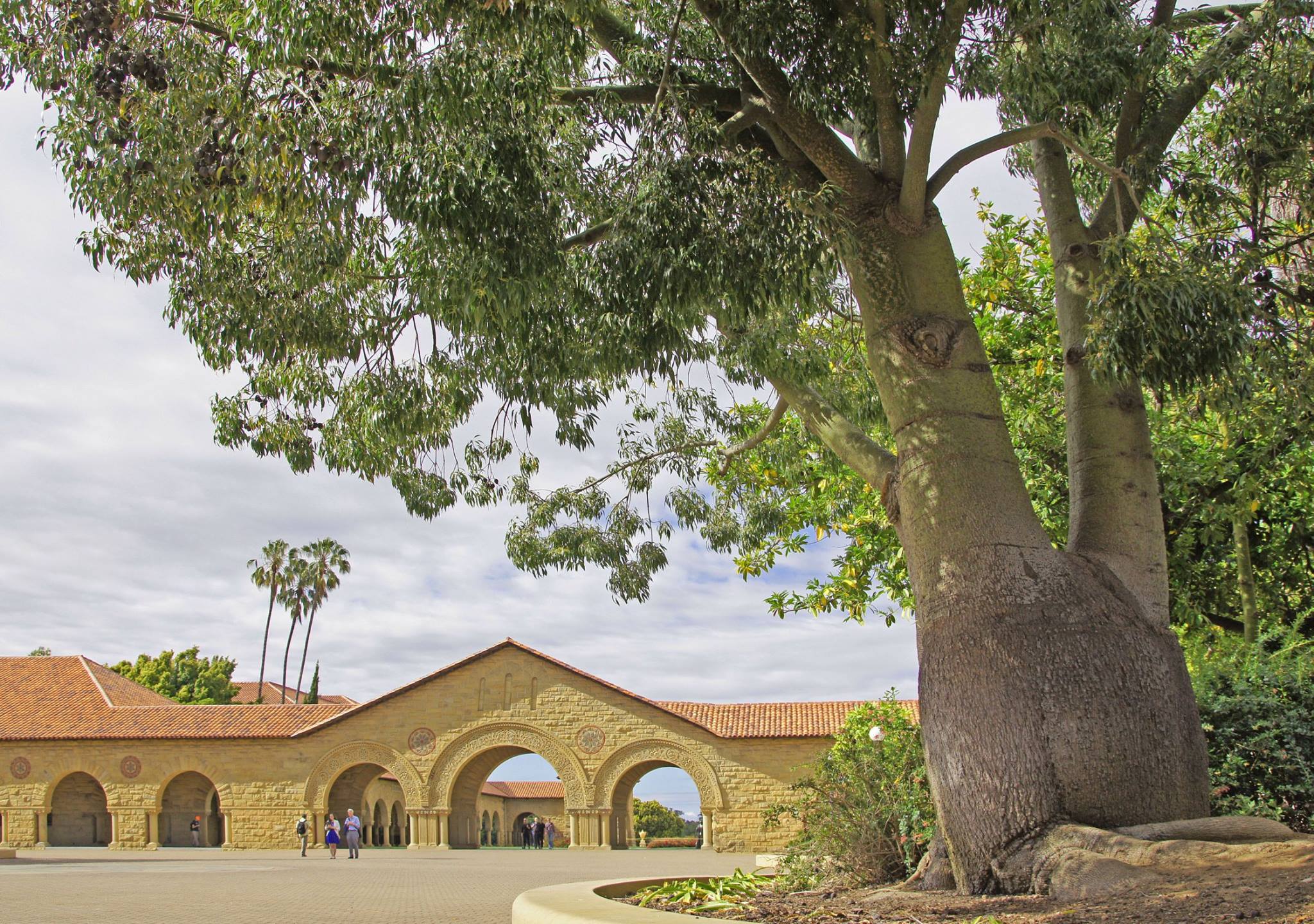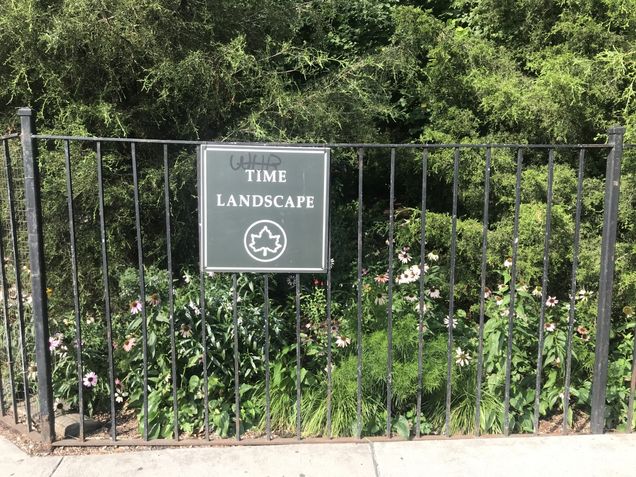Queensland Bottle Tree Stanford University

Has partly deciduous foliage.
Queensland bottle tree stanford university. 24 to 36 inches per year. 25 40 feet. Discovered and described by sir thomas mitchell and john lindley in 1848 it gained its name from its bulbous trunk which can be up to 3 5 metres 11 ft diameter at breast height dbh. 20 30 feet.
Despite his day job sairus quickly became an integral part of the course. Stanford i learned is a kind of united nations of plants. Brachychiton rupestris commonly known as the narrow leaved bottle tree or queensland bottle tree is a tree in the family malvaceae native to queensland australia. From the book trees of stanford and environs by ronald bracewell.
Department of agriculture plant hardiness zones 9 to 11 where it prefers a bright sunny location. In september after dropping its leaves it suddenly bloomed with creamy pink flowers. Along with north american natives there are representatives from south america africa asia europe and australia. Queensland bottle trees can range from 4 to 20 metres 13 to 65 feet in height and do not produce a bottle shaped trunk until about five to eight years of age.
Today portions of the campus tree canopy are dominated by coast live oak the most numerous tree on stanford university lands. In queensland the trees have pronounced entasis expanding to as much as 6 feet in diameter well above eye level. Leaves ovate to palmately lobed bluish green or silver or gray green partly deciduous. T he bottle tree both looks like a bottle contains potable sap and is a characteristic sight of the dry inland savannah of queensland where the roots shoots and wood provided food for aborigines.
Its trademark bottle shaped trunk can also reach 8 meters in circumference. Queensland bottle tree narrowleaf bottle tree kurrajong. John introduced me to sairus patel who keeps up the marvelous trees of stanford website. Brachychiton rupestris leaf silhouette.
Valley blue and black oaks can also be found on central campus the academic preserve and jasper ridge biological preserve. It s botanically known as brachychiton rupestris it s a member of the malvaceae family and is also commonly known as the queensland bottle tree or narrow leaf bottle tree. As a landscape tree australian bottle tree will grow in u s. Queensland bottle tree brachychiton rupestris in standford s inner quad.
Native to southern and central queensland in australia the queensland bottle tree grows to reach 20 meters in height. The common name derives from the tree s shape which becomes bottle like as it ages at between five and eight years of age. Queensland bottle trees have been traditionally used as shelter rope and food particularly by indigenous australians. Cultivated trees are usually much smaller and when grown from seed take 8 to 10 years for the bottle shaped trunk to become noticeable.











































